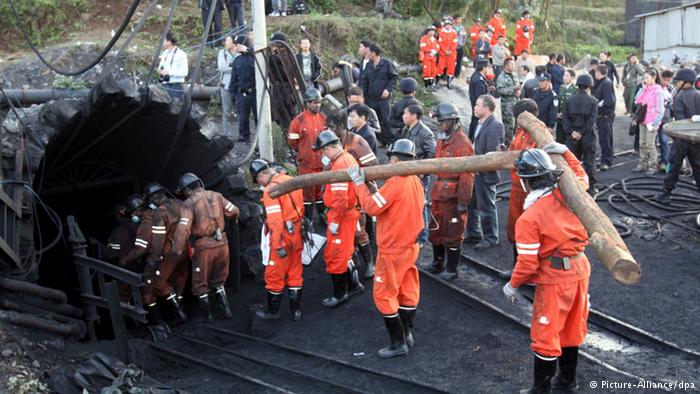In blow to climate, coal plants emitted more than ever in 2018 – “We are headed for disaster, and nobody seems to be able to slow things down”

By Chris Mooney and Brady Dennis
25 March 2019
(The Washington Post) – Global energy experts released grim findings Monday, saying that not only are planet-warming carbon-dioxide emissions still increasing, but the world’s growing thirst for energy has led to higher emissions from coal-fired power plants than ever before.
Energy demand around the world grew by 2.3 percent over the past year, marking the most rapid increase in a decade, according to the report from the International Energy Agency. To meet that demand, largely fueled by a booming economy, countries turned to an array of sources, including renewables.
But nothing filled the void quite like fossil fuels, which satisfied nearly 70 percent of the skyrocketing electricity demand, according to the agency, which analyzes energy trends on behalf of 30 member countries, including the United States.
In particular, a fleet of relatively young coal plants located in Asia, with decades to go on their lifetimes, led the way toward a record for emissions from coal fired power plants — exceeding 10 billion tons of carbon dioxide “for the first time,” the agency said. In Asia, “average plants are only 12 years old, decades younger than their average economic lifetime of around 40 years,” the agency found.
As a result, greenhouse-gas emissions from the use of energy — by far their largest source — surged in 2018, reaching an record high of 33.1 billion tons. Emissions showed 1.7 percent growth, well above the average since 2010. The growth in global emissions in 2018 alone was “equivalent to the total emissions from international aviation,” the body found. […]
“Very worrisome” is how Michael Mehling, deputy director of the Center for Energy and Environmental Policy Research at the Massachusetts Institute of Technology, described Monday’s findings.
“To me, all this reflects the fact that climate policies around the globe, despite some limited pockets of progress, remain woefully inadequate,” he said in an email. “They’re not even robust enough to offset the increased emissions from economic expansion, especially in the developing world, let alone to spur decarbonization at levels commensurate with the temperature stabilization goals we’ve committed to under the Paris Agreement.” […]
When it comes to coal use, the IPCC found that to limit temperatures to 1.5 degrees C, it would have to decline by as much as 78 percent in just over 10 years. Again, coal emissions are still rising.
Rob Jackson, a professor of Earth system science at Stanford University, said the substantial growth of wind and solar energy detailed in Monday’s report was overshadowed by the world’s ongoing reliance on fossil fuels.
“The growth in fossils is still greater than all the increases in renewables,” Jackson said, adding that few countries are living up to the pledges they made as part of the Paris climate accord. “What’s discouraging is that emissions in the U.S. and Europe are going up, too. Someone has to decrease their emissions significantly for us to have any hope of meeting the Paris commitments.” […]
“We are in deep trouble,” Jackson said of Monday’s findings. “The climate consequences are catastrophic. I don’t use any word like that very often. But we are headed for disaster, and nobody seems to be able to slow things down.” [more]
In blow to climate, coal plants emitted more than ever in 2018